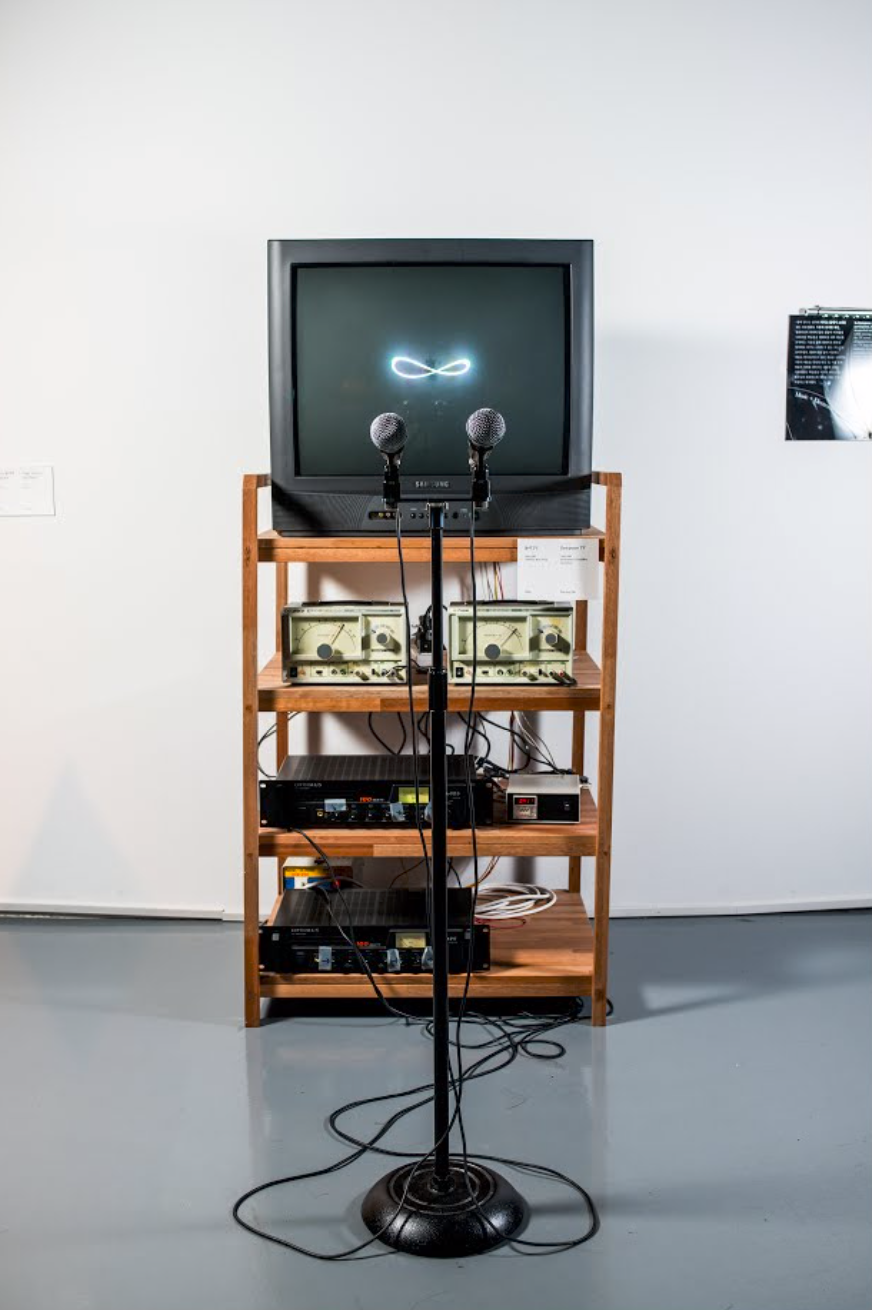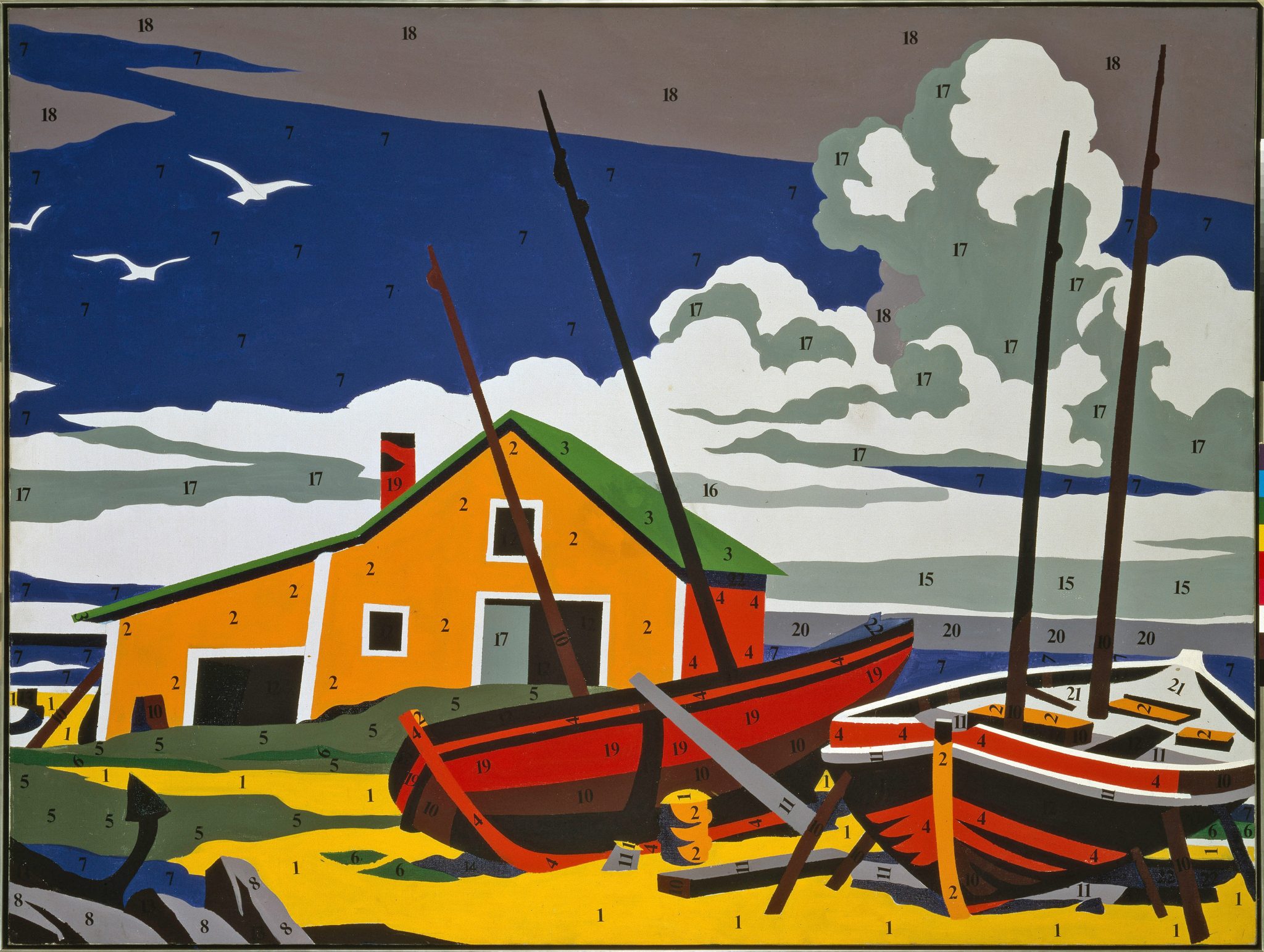58
A number of artists have used the medium of the happening, for instance, those affiliated with Warhol’s Factory, or the Fluxus group, but these groups also used other formats to facilitate audience participation. For Water Yam and Fluxkit, George Brecht produced collaborative toolkits providing instructions on the actions of participants, but also the creation of objects (Frieling, 2008a: 41). Nam June Paik’s Participation TV allows the visitor to produce voice-generated television images, what Zimbardo (2008b) calls “unpredictable explosions of lines”, and Yoko Ono staged the Cut Piece performance, where audience members were invited onstage to cut off pieces of her clothes until she was nearly naked.
A number of artists have used the medium of the happening, for instance, those affiliated with Warhol’s Factory, or the Fluxus group, but these groups also used other formats to facilitate audience participation. For Water Yam and Fluxkit, George Brecht produced collaborative toolkits providing instructions on the actions of participants, but also the creation of objects (Frieling, 2008a: 41). Nam June Paik’s Participation TV allows the visitor to produce voice-generated television images, what Zimbardo (2008b) calls “unpredictable explosions of lines”, and Yoko Ono staged the Cut Piece performance, where audience members were invited onstage to cut off pieces of her clothes until she was nearly naked.
File type: video
Edit Delete
Info: "Participation TV" was built by Nam June Paik in 1969. Two microphones control patterns on a television set. This interactive video piece predicted media norms we are accustom to today, while bringing a cooperative, human touch as well. I documented this work for the David Bermant Foundation, and had a good time being one of the "singers".
Original Url: https://vimeo.com/49988167Edit Delete
Nam June Paik’s Participation TV allows the visitor to produce voice-generated television images, what Zimbardo (2008b) calls “unpredictable explosions of lines”, and Yoko Ono staged the Cut Piece performance, where audience members were invited onstage to cut off pieces of her clothes until she was nearly naked. Some audience members were extremely keen to get a piece, and as Pellico (2008a: 108) mentions, “[t]ensions arose during these performances, and there were moments of potential aggression”.
Nam June Paik’s Participation TV allows the visitor to produce voice-generated television images, what Zimbardo (2008b) calls “unpredictable explosions of lines”, and Yoko Ono staged the Cut Piece performance, where audience members were invited onstage to cut off pieces of her clothes until she was nearly naked. Some audience members were extremely keen to get a piece, and as Pellico (2008a: 108) mentions, “[t]ensions arose during these performances, and there were moments of potential aggression”.
In contrast to the Fluxus group’s work, Andy Warhol’s participatory art was aimed more at enlisting others “to work towards the mass production of Warhol images” (Frieling, 2008b: 90). For instance, the Do It Yourself series, produced around 1962, invited audience members to finish paintings based on the painting-by-numbers hobby kits.
In contrast to the Fluxus group’s work, Andy Warhol’s participatory art was aimed more at enlisting others “to work towards the mass production of Warhol images” (Frieling, 2008b: 90). For instance, the Do It Yourself series, produced around 1962, invited audience members to finish paintings based on the painting-by-numbers hobby kits.
 Log-in
Log-in Source type: picture
Source type: picture Source type: picture
Source type: picture